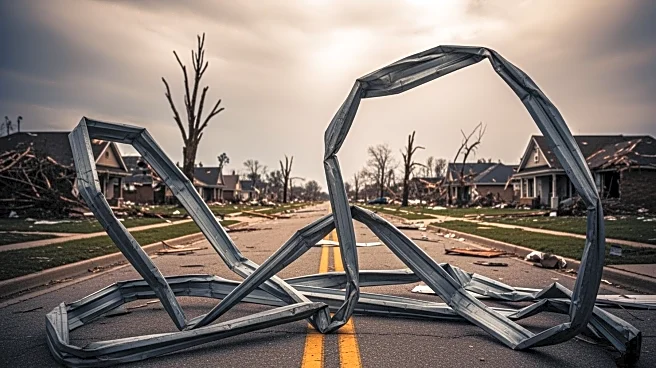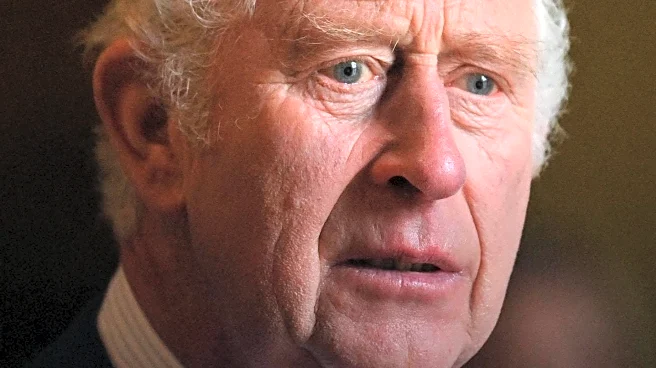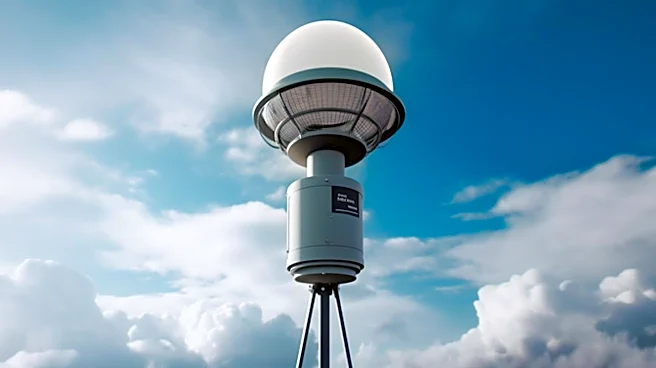What's Happening?
Meteorology experts John Huth from Harvard University and Steve Seman from Penn State University have provided insights into how individuals can become backyard meteorologists using simple tools and techniques.
They emphasize understanding fundamental weather concepts such as temperature, atmospheric pressure, cloud formation, wind, humidity, and precipitation. These elements interact to create various weather scenarios, and mastering them can help individuals make accurate forecasts. The experts suggest starting with basic observations and using tools like thermometers, barometers, weather vanes, anemometers, and rain gauges. They also highlight the importance of practice and patience in learning to interpret weather data, encouraging enthusiasts to connect with others in the field for support.
Why It's Important?
The ability to understand and predict weather patterns can significantly impact daily life decisions, from clothing choices to energy consumption. By becoming proficient in backyard meteorology, individuals can make informed decisions based on their own assessments and official forecasts. This skill can lead to better preparedness for weather changes, potentially reducing risks associated with severe weather events. Additionally, it fosters a deeper appreciation for environmental science and encourages community engagement through shared interests in weather phenomena.
What's Next?
Aspiring backyard meteorologists are encouraged to continue practicing their skills and engaging with online forums and local clubs to enhance their understanding. As they gain experience, they may choose to invest in more advanced equipment or participate in community weather monitoring projects. The growing interest in amateur meteorology could lead to increased public awareness and education on weather-related issues, potentially influencing local policy decisions regarding environmental and disaster preparedness.
Beyond the Headlines
The pursuit of backyard meteorology not only enhances personal knowledge but also contributes to broader societal benefits. It can inspire interest in STEM fields among younger generations and promote environmental stewardship. As more individuals become weather-savvy, there may be a cultural shift towards valuing scientific literacy and proactive engagement with climate-related challenges.












